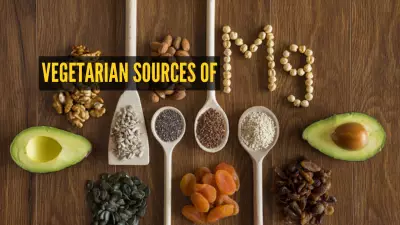
Are you tired of constantly worrying about blood sugar spikes after your meals? What if we told you there's a simple, delicious trick that could change your relationship with India's most beloved staple food - the humble chapati?
A recent social media sensation has revealed how a simple dietary adjustment can dramatically flatten those worrying glucose curves. The secret lies not in eliminating carbohydrates, but in strategically pairing them with the right companions.
The Broccoli-Chapati Revolution
Nutritionist and diabetes educator Shweta Gupta recently showcased a powerful demonstration that's taking the health community by storm. She revealed how incorporating non-starchy vegetables like broccoli into your chapati meal can completely transform your body's glucose response.
"The order and combination in which we eat our food matters tremendously," explains Gupta. "When you start your meal with non-starchy vegetables, you're essentially creating a protective shield against rapid sugar absorption."
Why This Simple Trick Works Wonders
The science behind this approach is both fascinating and straightforward. Non-starchy vegetables like broccoli, cauliflower, leafy greens, and bell peppers are rich in dietary fiber. This fiber acts as a natural barrier, slowing down the digestion and absorption of carbohydrates from the chapati.
Here's what happens when you implement this strategy:
- Fiber creates a mesh in your digestive system that traps carbohydrates
- Slower digestion means gradual release of glucose into your bloodstream
- Prevents sudden spikes that trigger insulin responses
- Provides sustained energy without the crash
Beyond Broccoli: Your Arsenal of Non-Starchy Warriors
While broccoli makes an excellent choice, the good news is that you have plenty of options to keep your meals exciting and varied. Consider incorporating these blood sugar-friendly vegetables:
- Leafy greens: Spinach, kale, methi, and lettuce
- Cruciferous vegetables: Cauliflower, cabbage, Brussels sprouts
- Colorful peppers: All varieties of bell peppers
- Other options: Cucumber, zucchini, mushrooms, French beans
Practical Tips for Your Daily Routine
Implementing this strategy doesn't require drastic changes to your lifestyle. Here are some simple ways to make it work:
Start with a vegetable salad before your main course. A simple kachumber or green salad can set the stage for better glucose control.
Mix grated vegetables into your chapati dough. Adding finely chopped spinach, grated cauliflower, or pureed broccoli directly into your atta can boost the nutritional value while controlling sugar spikes.
Always pair chapatis with vegetable sabzi. Ensure you're eating generous portions of vegetable dishes alongside your rotis.
The Bigger Picture: Sustainable Diabetes Management
This approach aligns perfectly with modern nutritional science that emphasizes food sequencing and combination over extreme restriction. Rather than eliminating carbohydrates entirely - which often leads to cravings and binge eating - this method allows for balanced, sustainable eating habits.
"It's not about deprivation, it's about smart combination," emphasizes Gupta. "This method empowers people to enjoy their traditional foods while taking control of their health."
For the millions of Indians managing diabetes or pre-diabetes, this simple chapati hack could represent a significant step toward better glucose control without sacrificing cultural food preferences. The beauty of this approach lies in its simplicity and accessibility - it doesn't require special ingredients or complicated preparation methods.
As we continue to battle the rising tide of diabetes in India, such practical, easy-to-implement strategies could make all the difference in turning the tide toward better metabolic health for the nation.





